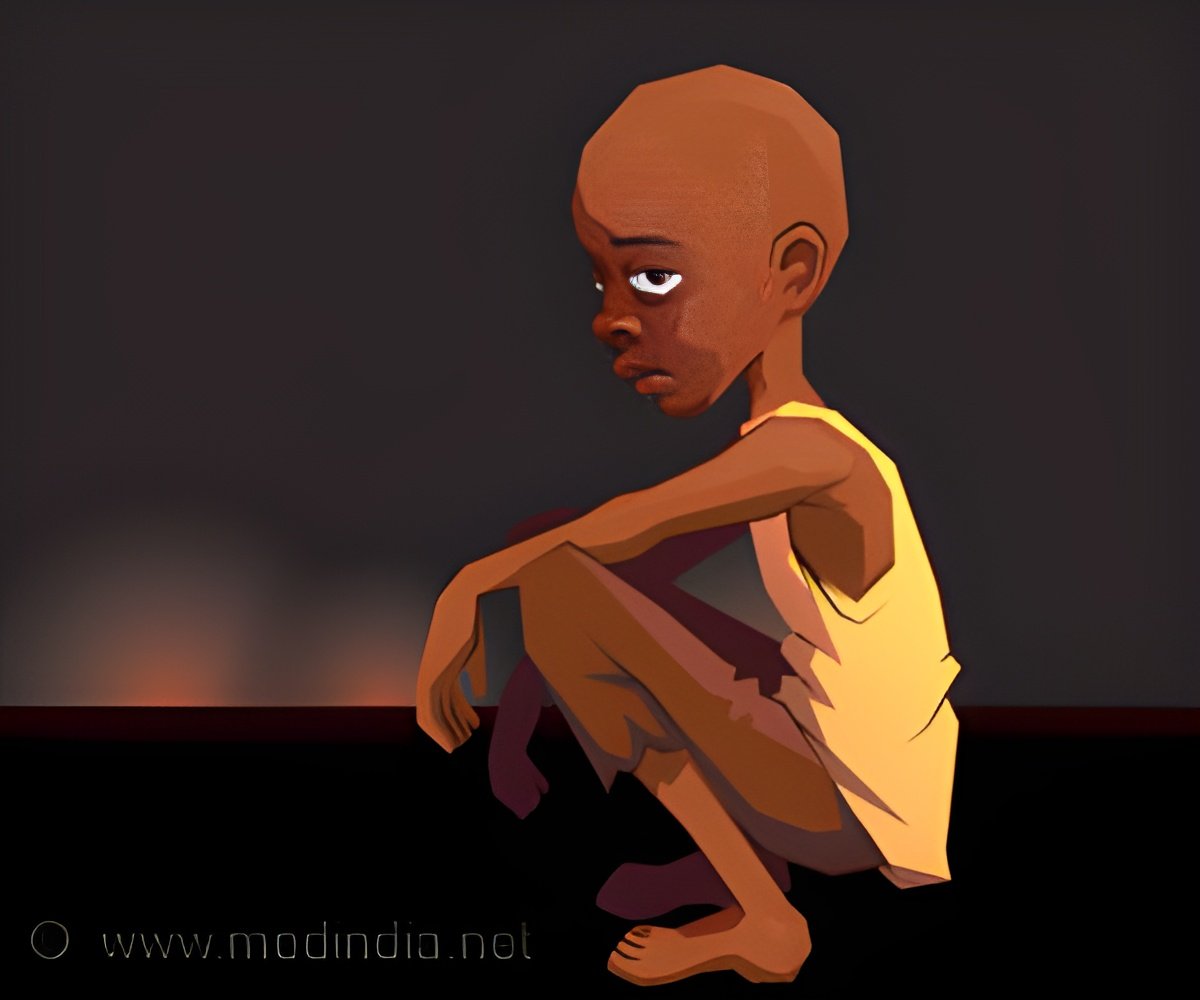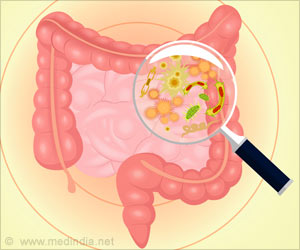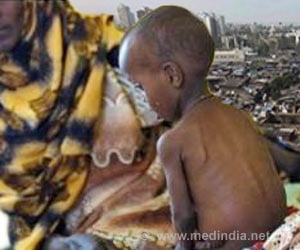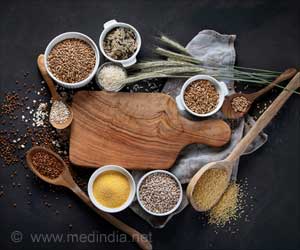
‘Programs and policies need to be developed to address the nutritional status of the country in order to reduce health and social inequities.’
Tweet it Now
By the end of 2015, about 40 percent of the Indian children were found to be undernourished. Moreover, the report reveals that urban India faces the challenge of overnutrition. India ranks as third most obese nation in the world after the US and China.
India is known as the world's capital for diabetes. As per 2015 data by World Health Organisation, approximately 69.2 million people are living with diabetes.
Nearly 37 percent of our under-five children are underweight, 39 percent are stunted, 21 percent are wasted and 8 percent are severely acutely malnourished, reveals the study.
The percentage of stunted children who are under five has reduced from 48 percent in 2005-06 to 39 percent in 2015-16.
Advertisement
On the other hand, the prevalence of underweight children was higher (38%) in rural areas when compared to urban cities (29%). Only 10 percent of children who were under 6 to 23 months received an adequate diet.
Advertisement
The prevalence of stunting ranged from 50.4 percent in UP to 19.4 percent in Kerala, revealed the report.
Children from Arunachal Pradesh were found to have the highest (19%) levels of wasting, and Sikkim had the lowest (5%) level.
"The policies need to focus on reducing health and social inequities within populations, raising educational attainment and providing WASH facilities as well as secured jobs to ensure access to services. Programmes and policies that aim to address this nutrition burden present a double-win situation," said the report in its recommendations.
India continues to consume non-nutritious, unbalanced diet either in the form of undernutrition, overnutrition or micronutrient deficiencies, revealed the report.
The availability of nutritious food in markets can play a major role in motivating the community to make the right food choices.
Source-Medindia









